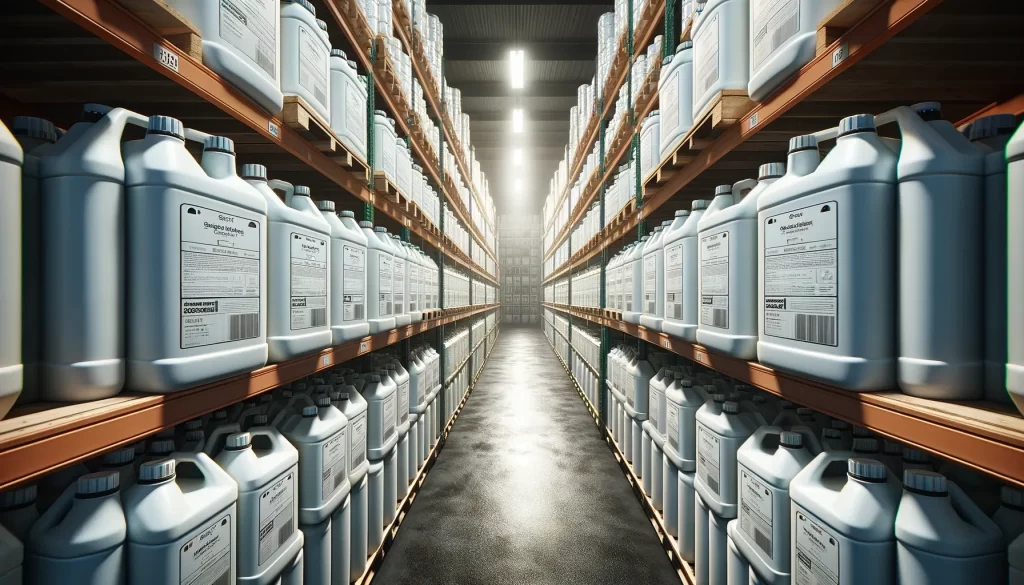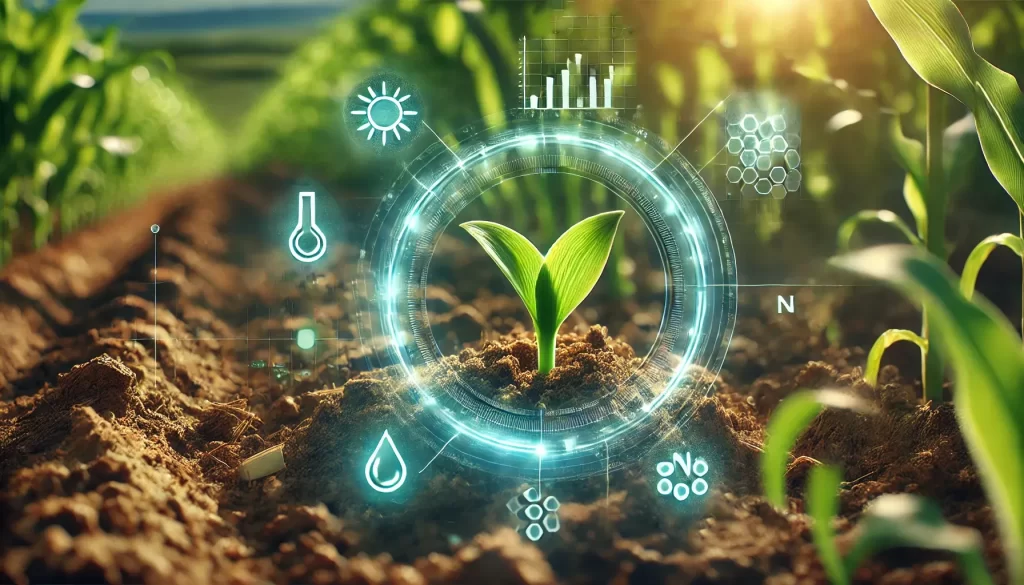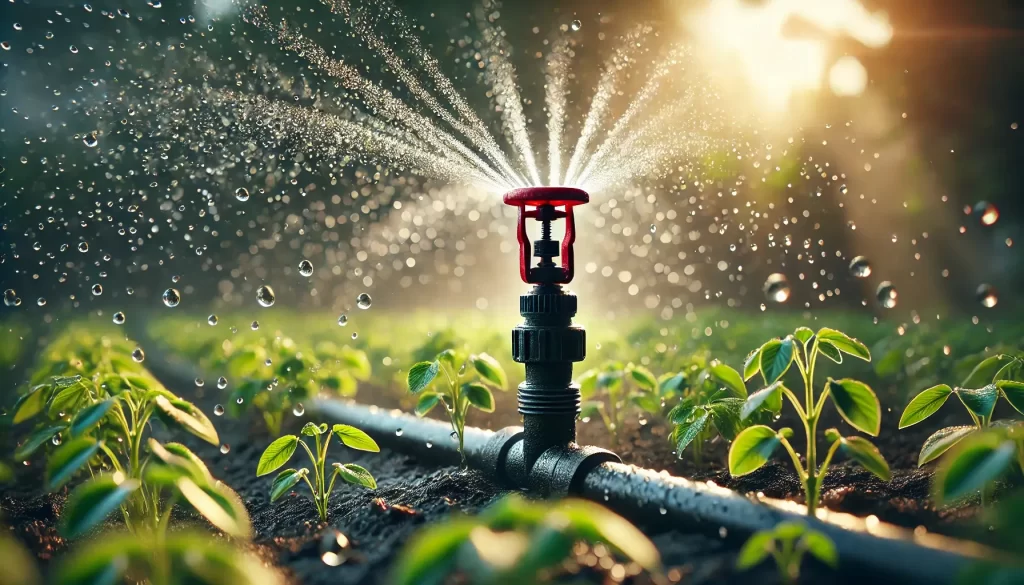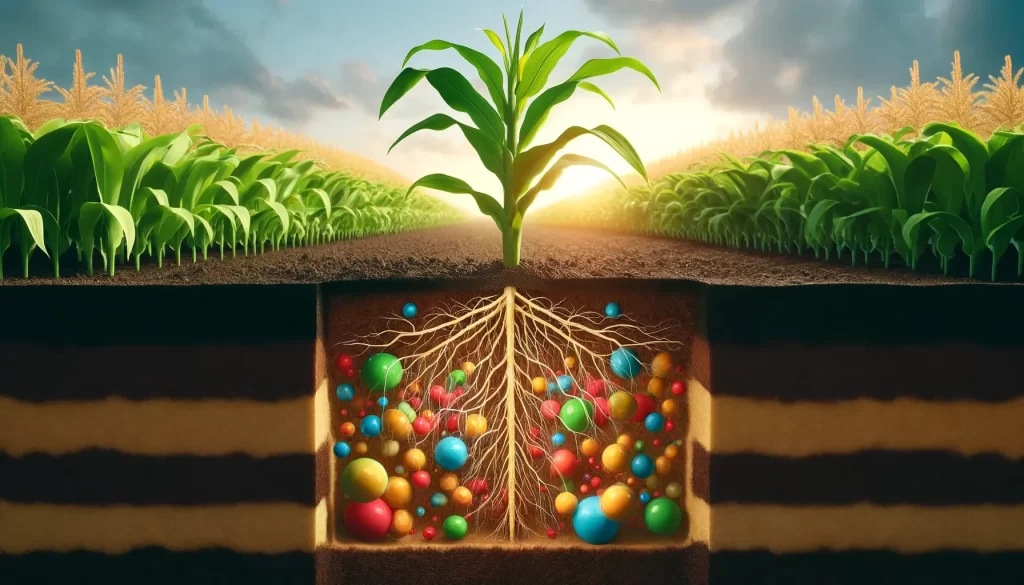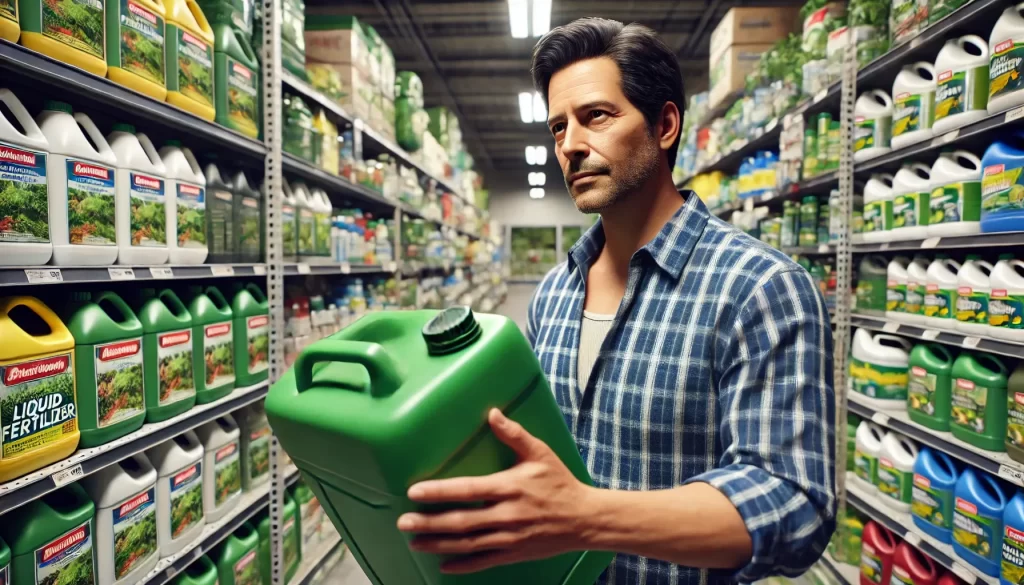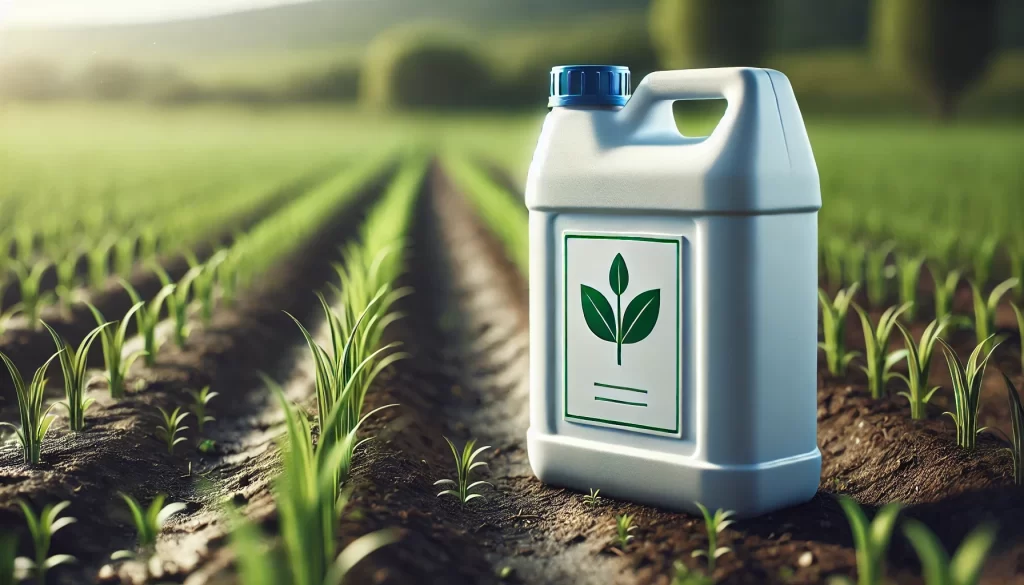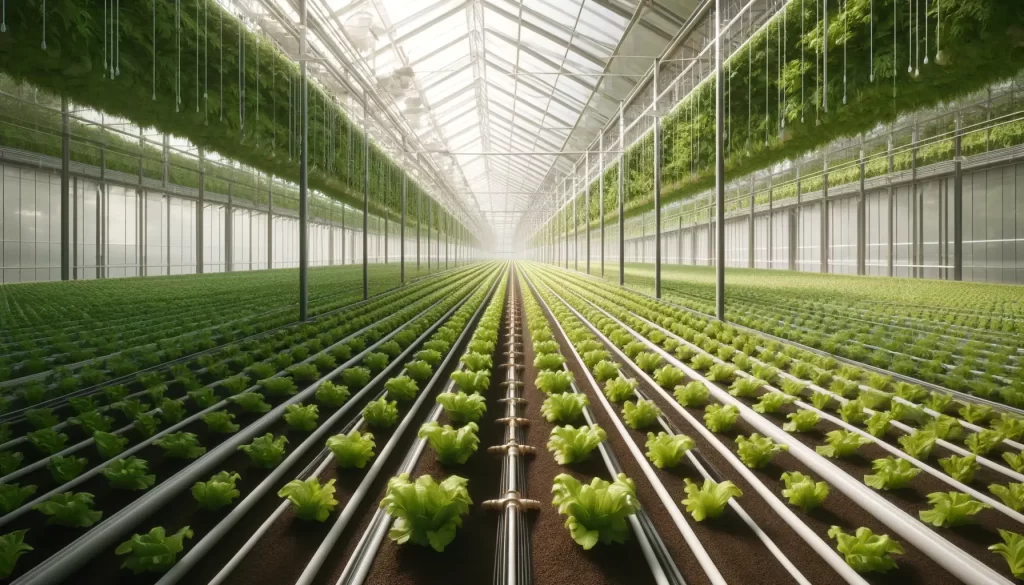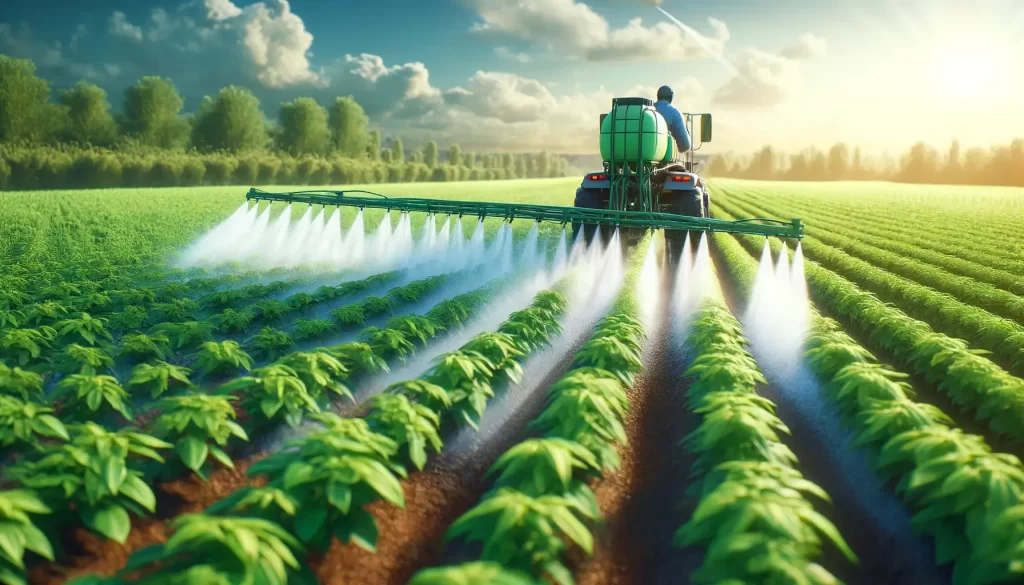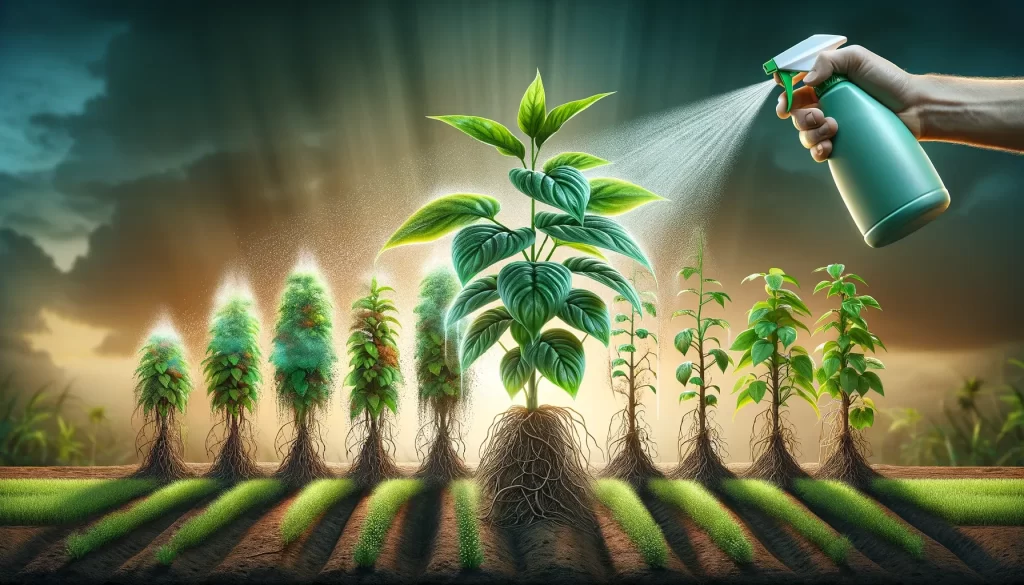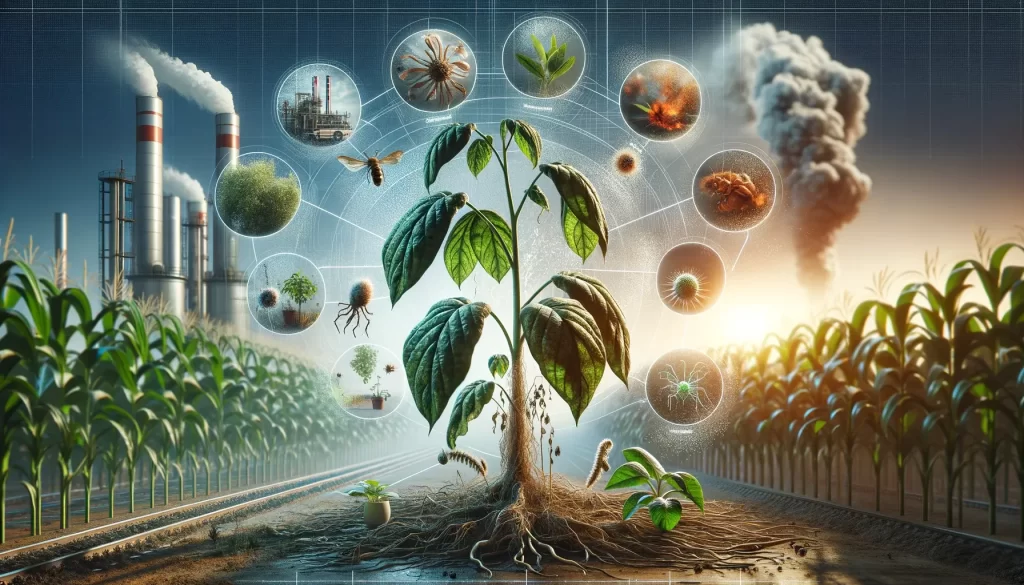The use of liquid fertilizers in plant nutrition has been increasing rapidly in recent years. Liquid fertilizers, which offer advantages such as easy application, rapid effect and high uptake of nutrients, have become an indispensable part of modern agriculture.
Safe storage and use are the basic conditions for obtaining the highest efficiency and benefit from liquid fertilizers. This guide aims to protect the environment and human health by providing basic information about the storage and use of liquid fertilizers. It aims to increase efficiency and sustainability in agricultural production while protecting the
Liquid Fertilizer Properties
Liquid fertilizers, nitrogen, phosphorus, potassium and are aqueous solutions containing other micronutrients. liquid fertilizers produced in different formulations and concentrations should be selected according to the plant type, soil characteristics and growing conditions.
Some important features of liquid fertilizers are:
- High nutrient content: Liquid fertilizers have a higher nutrient concentration compared to solid fertilizers. This means they can provide the same amount of nutrients with less fertilizer.
- Fast effect: Liquid fertilizers can be easily absorbed by plants and show their effect quickly. This helps plants prevent stress and yield losses caused by nutrient deficiency.
- Easy application: Liquid fertilizers can be easily applied via irrigation systems. This ensures that the fertilization process takes less time and effort.
Chemical and physical dangers of liquid fertilizers
Liquid fertilizers may contain acids, bases and other chemicals. Therefore, they can pose a danger to humans and the environment if not stored and used properly. Some major dangers of liquid fertilizers include:
- Flammability: Some liquid fertilizers are flammable and may pose a fire risk.
- Explosiveness:Some liquid fertilizers can be explosive and may pose an explosion risk if not stored and handled properly.
- Toxicity: Some chemicals in liquid fertilizers can be toxic and may harm human health if swallowed or inhaled.
- Environmental pollution: Liquid fertilizers Leakage or spillage may cause soiland water pollution.
Storage Conditions
For the safe storage of liquid fertilizers, the following should be taken into consideration:
- Suitable storage tanks: Liquid fertilizers should be stored in storage tanks designed in accordance with their chemical and physical properties. Tanks must be robust, leak-proof and resistant to corrosion.
- Placement of tanks: Storage tanks should be placed in a shaded area and not exposed to direct sunlight. Tanks should be kept away from flammable materials to avoid the risk of fire.
- Consideration of climatic factors: Liquid fertilizers can be affected by extremes of temperature and humidity. Therefore, tanks must be isolated from heat and moisture.
Safety Precautions
For the safe use of liquid fertilizers, the following should be observed:
- Use of personal protective equipment (PPE): When working with liquid fertilizers, eye, hand and skin protection equipment (goggles, gloves, overalls, etc.) should be used.
- Preventing leaks and leaks: It is important to regularly check storage tanks and application equipment and take necessary precautions to prevent leaks.
- Fire and explosion risk management: Necessary safety precautions (fire extinguishing equipment, warning signs, etc.) must be taken in areas where liquid fertilizers are stored and used to prevent the risk of fire and explosion.
- Emergency plan and procedures: leak, fire or explosion and all employees should be informed about this plan.
Legal Legislation
There are national and international regulations regarding the production, storage and use of liquid fertilizers. Complying with these regulations is important to protect human and environmental health. Some important legal regulations regarding liquid fertilizers are:
- Regulation on Fertilizers:This regulation includes general regulations covering all stages from the production of fertilizers to their sales.
- Dangerous Substances Control Regulation:This regulation includes regulations regarding the classification, labeling, packaging, storage and transportation of hazardous substances.
- Environmental Protection and Control Law: This law includes general regulations regarding the protection of the environment and prevention of pollution.
Application Guide
For the safe and effective application of liquid fertilizers, the following should be observed:
- Safe receipt and discharge of liquid fertilizers: Necessary safety precautions must be taken during the receipt and discharge of liquid fertilizers.
- Maintenance and repair of storage tanks: Storage tanks should be checked regularly and necessary maintenance and repair work should be carried out.
- Fertilization processes and application techniques: Fertilization processes should be planned based on soil and plant analysis and correct application techniques should be used.
- Waste and treatment management: Waste and treatment water resulting from liquid fertilizer application should be managed appropriately.
Additional Information
- Useful resources and links: To learn more about liquid fertilizers you can refer to the following resources:
- Ministry of Agriculture and Forestry: https://www.tarimorman.gov.tr/
- https://tr.wikipedia.org/wiki/Fertilizer
- Expert opinions and advice: It is important to get opinions and advice from experts on issues related to the use of liquid fertilizers.
- Safety awareness and training: It is important that all personnel working with liquid fertilizers have the necessary safety awareness and training.
Liquid fertilizers play an important role in modern agriculture. Safe storage and use is the basic condition for obtaining the highest efficiency and benefit from liquid fertilizers, protecting the environment and human health, and increasing sustainability in agricultural production.
As Greenlive, we are an industry leader in the production of liquid and organic fertilizers .Our products are designed to best meet the nutritional needs of plants. Our expert team offers you consultancy services on issues related to the safe storage and use of liquid fertilizers.
For more information, you can visit our website https://www.linkedin.com/company/greenlivetr/ .



